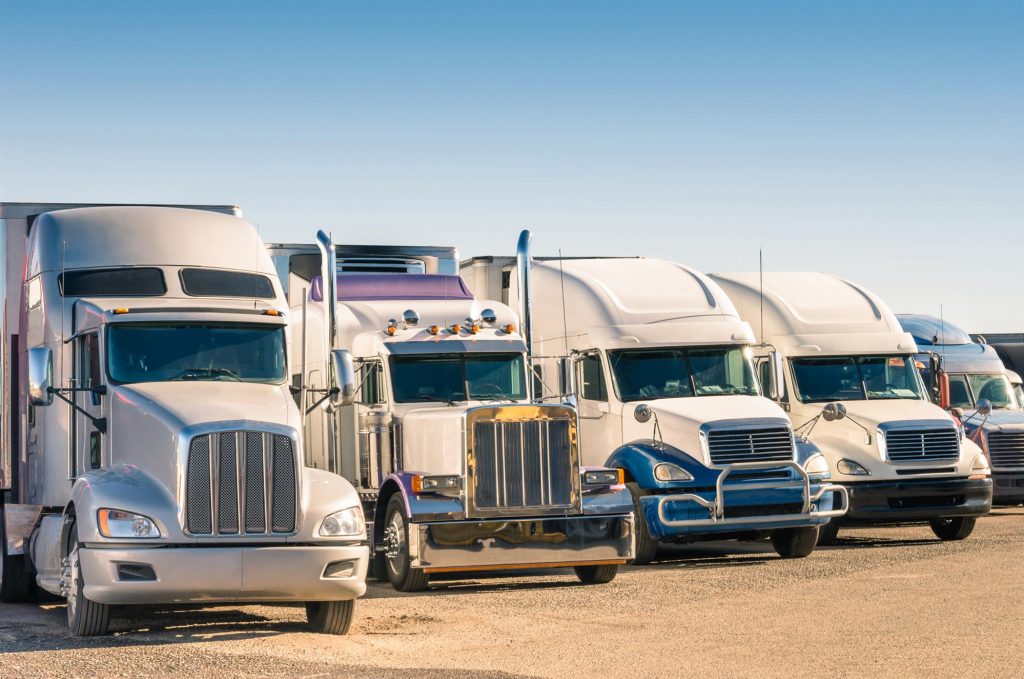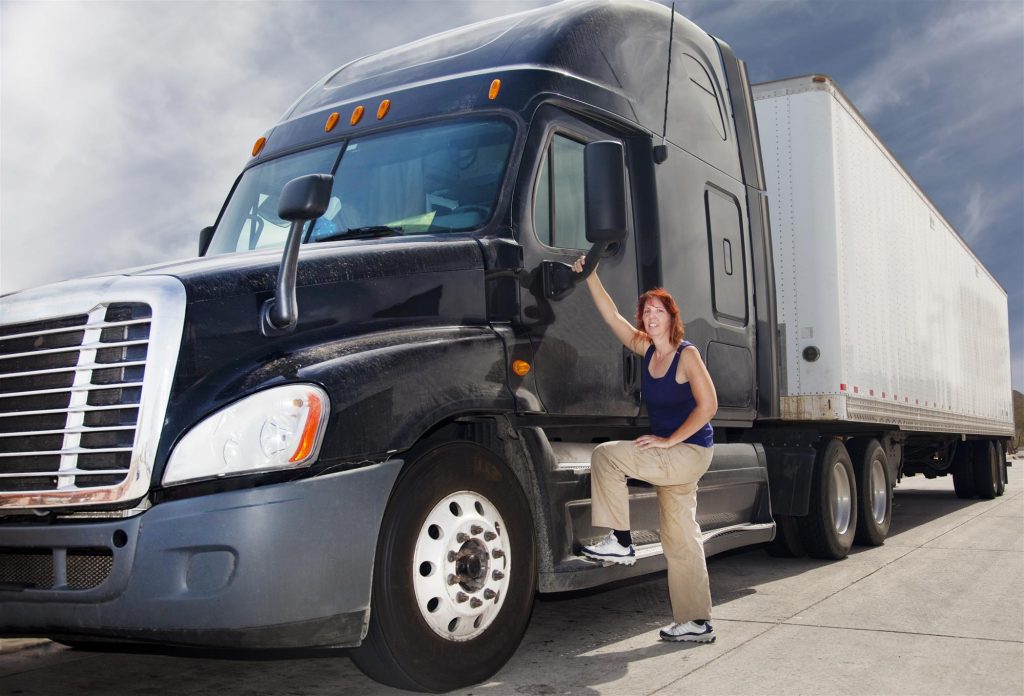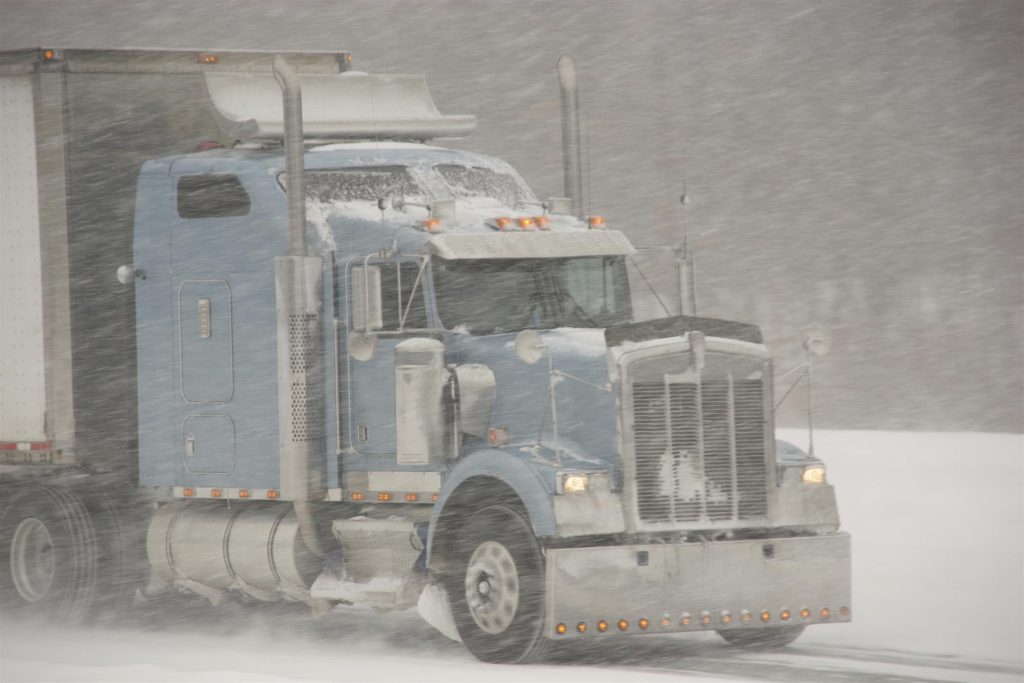Semi-truck drivers spend numerous hours on the road driving from city to city and location to location picking up loads and dropping them off someplace else. While the goal of all truck drivers is to avoid getting into an accident or finding themselves in an emergency situation, life happens.
If you are found responsible for causing an accident which resulted in personal injuries toward another, there are serious consequences. Not only could you jeopardize your employment and ability to drive a semi-truck, but you could also find yourself being sued by the other party and their truck accident attorney.
Rather than be caught unprepared, it is better to know how to deal with different types of emergencies and driving conditions that could happen while on the road. Not only could it make you a better truck driver but also potentially reduce the likelihood of causing an accident.
Operational Emergencies
Equipment failures can contribute to causing an accident and creating an emergency situation. Prior to driving off, it is always a good idea to do an inspection to verify everything is in proper working order.
Check headlights, taillights, turn signals, tire pressure, and other such exterior equipment. Inside the cab, make sure the dashboard lights are working, test the brakes, and check the side mirrors to see if they are aligned correctly. Even when you do these checks, it does not mean something could still not go wrong, such as:
- The Brakes Fail: There can be several causes for brake failure, from cracked and broken brake lines to worn out pads. If you push on the brake pedal and nothing happens, try not to panic. Instead, take your foot off the accelerator and start downshifting into lower gears to slow the truck.
If you do not have ample space to wait for the vehicle to slow down on its own and come to a complete stop, consider using the parking brake to try to slow the vehicle down. You could also run one side of the truck up against a guardrail or raised curb. Granted, this is probably going to damage the truck, but it is better than hitting other trucks or vehicles.
- The Accelerator Sticks: Something could go wrong with the linkage or a shoe or another object gets stuck and holds the pedal down. Quickly stomp on the accelerator a few times and remove your foot. If the truck is not slowing down, simply shift into neutral and apply your brakes to bring the truck to a safe stop.
- A Tire Blows Out: When a tire blows out, it can cause the truck to fishtail or become difficult to control. Take your foot off the accelerator and concentrate on the point where you want the truck to go. Don’t press on the brakes until after the rear has come out of the fishtail—otherwise, you could inadvertently lose control of the truck.
Road Conditions
- Uneven Pavement/Construction Zones: When driving through a construction zone, slow down, especially if the pavement is uneven. Some parts of the road can be narrower or require making sharp turns, so driving at a reduced speed makes it easier to maintain control of the truck.
- Road Runoffs: You can encounter situations where tires on one side of the truck may run off the shoulder. To get the truck back up onto the road from runoffs, turn on the hazards and slow down while continuing to drive straight, with the tires off the side of the road until you come to a complete stop. Drive the truck carefully back up onto the road. Trying to correct a runoff at high speeds often leads to overcorrecting and causing an accident or flipping the rig over.
- Icy Roads/Black Ice: If you encounter patches of ice and feel the rig starting to slide, take your foot off the accelerator and slowly tap the brakes to slow down even more. If roads become too hazardous, find a safe spot and wait until conditions improve.
- Snow/Whiteouts: Driving on snowy roads should be done at lower speeds to maintain traction and control. Plus, it will help if it is windy and there are whiteout conditions. If roads start to become impassible or the whiteouts severe, find somewhere safe to park and wait it out.
- Thunderstorms/Windstorms: Reduce your speed, as heavy rain and wind can make controlling the truck more difficult. If it becomes impossible to see or the wind is too strong, find a safe place to park until the storm passes.
- Tropical Storms/Hurricanes: It is best to stay off the roads if at all possible. If you must drive, drive at slow speeds until you reach a safe location.
- Fog: Drive at reduced speeds with your low-beam lights on, and turn on your hazard lights so other vehicles can see the rear of your trailer easier. If the fog is too thick, find a safe location to park and wait for better driving conditions.
- Flooding: Even a few inches of standing water can cause hydroplaning when driving at high speeds. If you notice the roads are starting to flood because rain is not draining off as fast as it should, slow down. If you see rushing water coming toward your truck, stay inside, as the force of the rushing water is dangerous. Even though it can push your truck off the road, you are safer inside.
- Tornados: This is one time you want to get out of your truck and as low to the ground as possible, like in a ditch or under an overpass. Never try to outrun a tornado, as they can quickly and abruptly change directions.
Preparing for Roadside Emergencies
Since it is difficult to predict what, if any, roadside emergencies you may face, it is a good idea to always have an emergency roadside kit packed and stocked. You will want to make sure your kit includes:
- First Aid Kit
- Roadside Flares
- Reflective Warning Triangles
- Portable Smartphone Chargers
- Tool Kit
- Weather Radio
- Flashlight
- Extra Batteries
- Bottles of Water
- Rags/Towels
- Portable/Camping Shovel
- Ice Melt/Sand
- Extra Blankets
- Warm Clothing
- Rain Coat/Rain Boots
- Dry/Nonperishable Foods
Life-Threatening Emergencies
Life-threatening emergencies are those where you or your co-driver requires immediate medical treatment. Since emergencies that are life-and-death situations can create added stress and anxiety, it is better to call 911 and not drive yourself to the hospital.
In cases where you have a deep cut and need stitches, feel ill and are running a high fever, or other such conditions that are not necessarily life-threatening, it is still a good idea to not drive yourself. Park your truck at a truck stop or other safe location and take a taxi or have someone else drive you to the emergency room or medical clinic.
What if I Am In or Cause an Accident?
No matter who is at fault for the accident, call 911 immediately. Once help arrives, make sure to seek a medical evaluation, even if you are feeling fine. Adrenaline levels tend to be higher during accidents, which can mask pain and injuries.
It is not unheard of to realize you were injured 24 to 48 hours after the accident. In some cases, you could also have internal injuries that may be life-threatening. It is for these reasons we highly recommend a medical evaluation following an accident.
If you sustained personal injuries, like sprained, strained, or broken limbs or more severe injuries, and the accident was not your fault, it is in your best interests to consult with one of our truck accident injury lawyers. You could have grounds to file an accident injury lawsuit against the other party for your personal injuries.
In addition, there are time-sensitive statute of limitations you need to be aware of should you want to take further legal actions after an initial, free consultation. If you have further questions and want to speak with a truck crash lawyer, please feel free to call Schechter, McElwee, Shaffer, and Harris, L.L.P., Houston TX Auto Accidents and truck accident injury lawyers at 713.574.5089 now!

 Over 300 Google 5 Star Reviews
Over 300 Google 5 Star Reviews












Leave a Reply